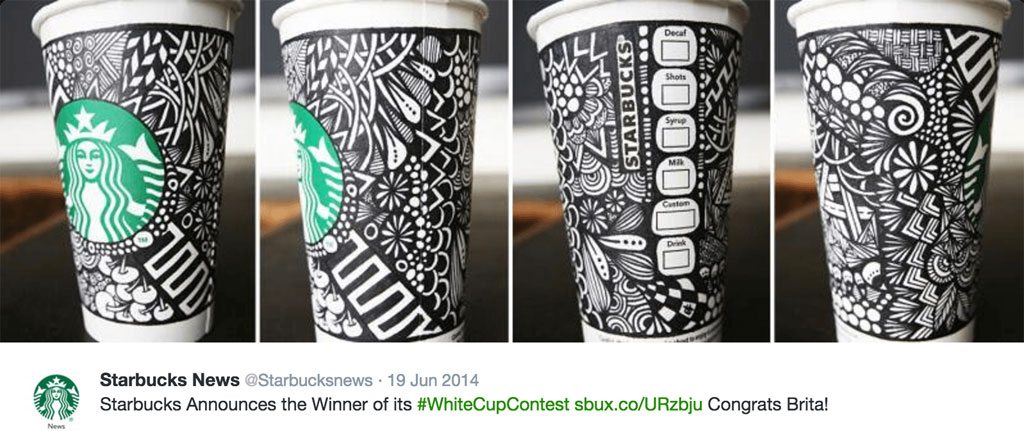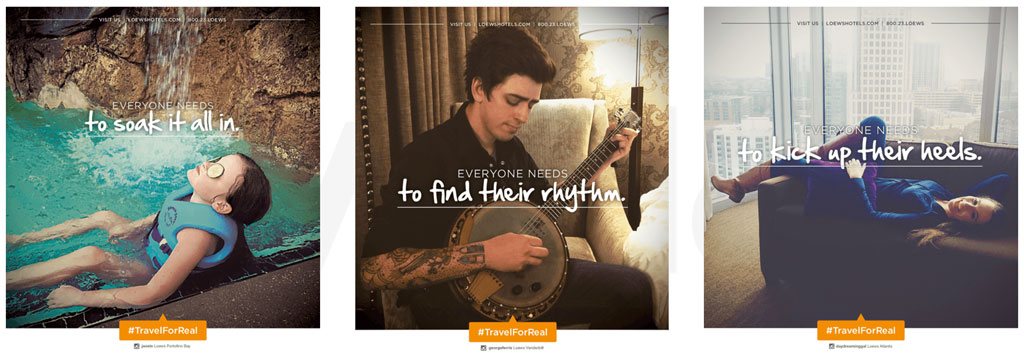Utilizing user generated content (UGC) is a great way for organizations to not only stay top of mind, but also to take advantage of a little digital word-of-mouth marketing.
A recent study found that only six per cent of people surveyed trusted traditional advertising and over three-quarters of those surveyed state they prefer looking at user-generated images.
This isn’t surprising to me at all.
We’re much more likely to pay attention to a recommendation made by a friend than to an obvious marketing message. If I see a friend of mine post a super fun photo at an event on Facebook or Instagram, I’m much more likely to attend that event.
This is especially useful in attracting new people to an event that they might not usually attend. I could send someone marketing messages about how awesome the opera is all day long, but that same person seeing a social media post featuring friends attending the opera and having a great time is going to carry much more weight.
So, why don’t more arts organizations utilize UGC?
We, as arts orgs, are so focused on the product, that we don’t showcase enough of the experience. Yes, when you attend the opera, there are unbelievably amazing things happening on the stage. However, going to the opera is so much more than that, especially to someone who is new. It is getting dressed up, going out to dinner before the show, arriving at the theater, having a glass of Champagne in the lobby, attending a pre-opera talk, and so on and so forth.
There has got to be a happy compromise here somewhere.
Here are a few non-arts UGC campaigns I’d like to share with you for inspiration.
1. Lowes Hotels – #TravelForReal
This is one of my favorites and I used it as an example frequently.
Loews Hotels took social media content shared by their customers and created an entire print and digital campaign using it.
What if we starting using UGC to show what the experience of going to the theater or a museum is like?
2. Burberry – The Art of the Trench
This is an oldie but goodie. Back in 2009, Burberry launched a website called The Art of the Trench where customers could upload photos of themselves wearing the iconic garment. After the launch, Burberry’s ecommerce sales increased 50% year-over-year.
What if your organization worked with fashion bloggers to create a style-based campaign about what to wear to the theater?
See more about this campaign –>
3. Starbucks – #WhiteCupContest
In 2014, Starbucks invited customers to decorate their iconic white cups and submit photos using the hashtag. They got over 4,000 entries and images of the cups were all over social media. The winning design was printed on Starbucks’ reusable cup and sold all over the country.
 What if an arts organization had a contest to create tag lines, messaging, or art work for an upcoming show?
What if an arts organization had a contest to create tag lines, messaging, or art work for an upcoming show?
See more about this campaign –>
There are many arts orgs out there who utilize hashtags, but how many of you are actually creating marketing campaigns using that content?
If you are, I’d love to hear about it in the comments!

